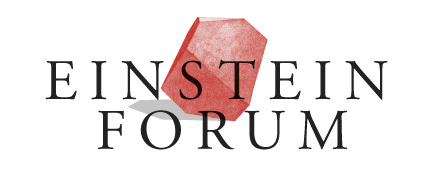Virág Molnár
The Toolkit of Nationalist Populism in Contemporary Hungary: Symbols, Objects, and New Media
Studies of social movements underscore the centrality of linguistic frames and
framing in political communication. Similarly, research on populism attributes
great significance to mapping the distinctive discursive logic of populist
reasoning (e.g., the trope of pitting corrupt elites against the people). My
presentation aims to move beyond the focus on discursive practices to stress
the role of symbols, objects and new media in the political communication of
populist ideas, using Hungary as a case study. First, I show how key historical
symbols (e.g., the cockade of the 1848 revolution or the Holy Crown of St.
Stephen) that used to be widely shared across the political and social spectrum
have been increasingly appropriated by the populist right. Second, I examine
how consumer objects, which are key props of a radical nationalist subculture,
create important material conduits for political communication. Finally, I highlight
how the populist right has used new media to create an alternative public
sphere beyond the confines of mainstream media. I suggest that the failure, and
outright rejection, of the left and liberals to engage in symbolic communication
has enabled right-wing populists to progressively monopolize definitions of
cultural membership in the nation.
Virág Molnár holds a Ph.D. from Princeton University and is currently
Associate Professor of Sociology at the New School for Social Research. Her
research explores the intersections of culture, politics, social change and
knowledge production in Eastern Europe, with special focus on urban culture,
the built environment, new communications technologies, and the material
culture of nationalism. Her book Building the State: Architecture, Politics, and
State Formation in Postwar Central Europe (2013) received the 2014 Mary
Douglas Prize from the American Sociological Association. She has been a
visiting fellow at the Minda de Gunzburg Center for European Studies at
Harvard University, the Humboldt-Universität zu Berlin, and the American
Academy in Berlin. Her research has been supported by the National Science
Foundation, the Alexander von Humboldt Foundation, a Marie Curie Intra-
European Fellowship, and the American Council of Learned Societies, among
others.
